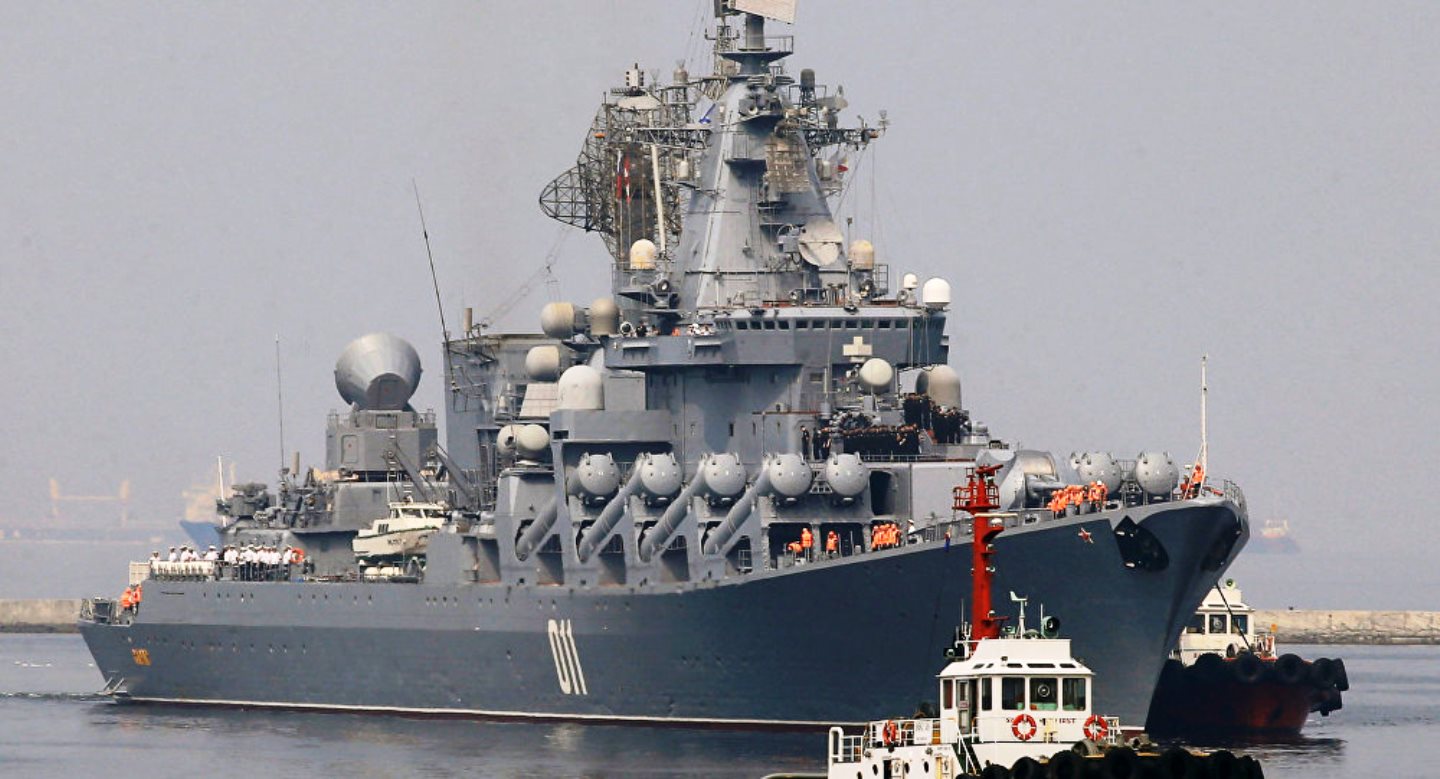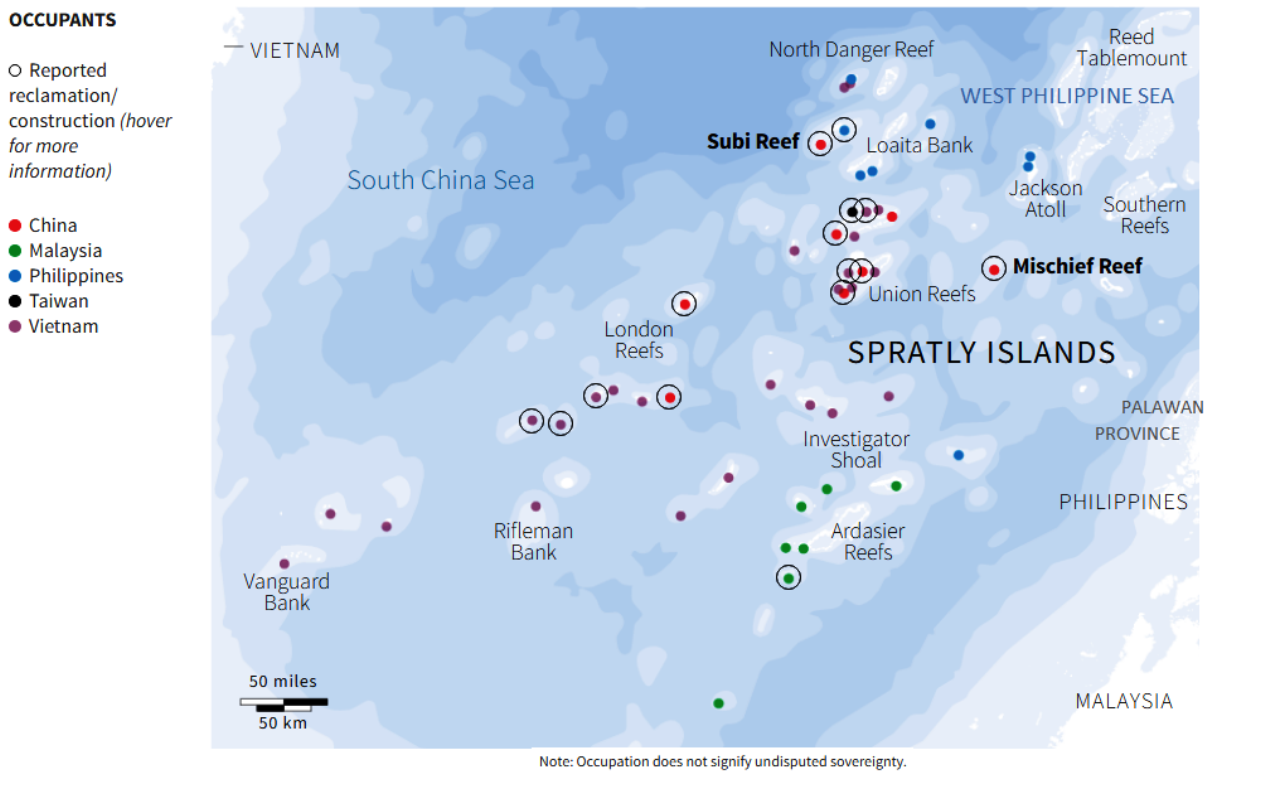Korean Pohang-Class Anti-Submarine Warship “Chungju PCC-762” Offered to Philippine Navy for $100 USD 88 Meters Korean Anti-Submarine Warship Cheaper than a Smart Phone: Philippines to buy three for ₱5,000 Pesos Each a real deal? Korean Pohang-Class Anti-Submarine “Chungju PCC-762” which launched on 30th June 1984, commissioned on 1987...

China
Philippines
Politics
Russia
Scarborough Shoal
South China Sea
Spratly Islands
USA
West Philippine Sea
How America Failed the Philippines?
Washington pushed the Philippines away by failing to honor moral, if not legal, obligations to its long-standing ally. “As published by the National Interest - said Philippine president Rodrigo Duterte in October to his Chinese hosts, referring to America. “So I will be dependent on you for a...
Armed Forces of the Philippines
Defense Agreement
Philippines
Politics
President Rody Duterte
Russia
Warship
Russia Warship in the Philippines for Joint Exercise; Draft for Defense Agreement for Duterte Visit may 25
Naval Group of Russia's Pacific Fleet Makes Port Call in Philippines' Manila for 4 days- First Joint Excercise Philippines – Russia First Joint Exercise Russian Warship arrived in the Philippines on Thursday for joint exercises as part of a drive for new security ties under President Rodrigo Duterte's...
Bullet Train
Business
Golden age of infrastructure
Investment in the Philippines
Raiway
Subway System
DuterteNomics Unveiled First Subway in The Philippines, Completion of 4 railways in 2022 New Airports, Seaports, Railways, Roads & Bridges
Slide presented at the "Dutertenomics" forum on Tuesday, April 18, 2017 where President Rodrigo Duterte's top officials introduced planned construction projects. DOTr/Released DuterteNomics blueprint unveiled the build, build, and build for the “golden age of infrastructure,” in the Philippines. ₱227 Billion - First Subway in the Philippines for...
Duterte Ordered Military Plant Flags in 10 Islands, Upgrade runway in Spratly, rename Benham to RIDGE
Spratly Islands in the West Philippines Sea, Province of Palawan President Rodrigo Duterte has ordered the military to occupy and fortify all Philippine-held islands in the West Philippine Sea (South China Sea) to assert the country’s claims amid what he says is a race to control territory in...
Business
China
Investment in the Philippines
Japan
LNG
Malampaya Gas
Natural Gas
Nuclear
Renewable Energy
Russia
South Korea
China, Japan, Korea, Russia compete for $2 Billion Nuclear Plant, LNG Philippines Gas project
Russia Floating Nuclear Power Plant Technology. illustration: popsci.com China, Japan compete for $2bn Philippine gas project China and Japan are competing for a $2-billion liquefied natural gas (LNG) project in the Philippines, Energy Secretary Alfonso Cusi told the Nikkei Asian Review. Over 20 companies from eight countries have proposed...
Investment Recommendation:
Live trading with Bitcoin through ETORO Trading platform would allow you to grow your $100 to $1,000 Dollars or more in just a day. Just learn how to trade and enjoy the windfall of profits. Take note, Bitcoin is more expensive than Gold now.
Live trading with Bitcoin through ETORO Trading platform would allow you to grow your $100 to $1,000 Dollars or more in just a day. Just learn how to trade and enjoy the windfall of profits. Take note, Bitcoin is more expensive than Gold now.
For Philippine customers: You could buy Bitcoin Online at Coins.ph
For outside the Philippines customers may buy Bitcoins online at Coinbase.com















